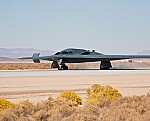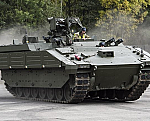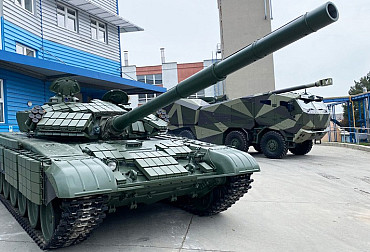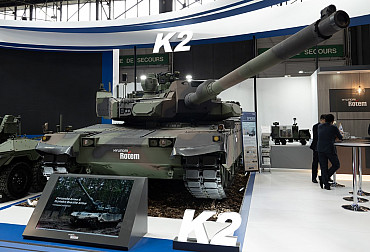A variable measure of military strength – percentage of GDP or nominal amount spent on defense
The economic measure of military power is one of the most frequently used but also one of the most problematic indicators in international politics. Simplified calculations, such as the percentage of defense spending in gross domestic product or the absolute amount spent by the state on the military, are widely used to assess the commitments of NATO member states, to estimate threats, or to justify arms budgets. Their advantage is that they are easy to understand, clear, and internationally comparable. It is precisely because of this simplicity that they often become the starting point for public debate on the "adequacy" of defense budgets. However, the reality of armed forces is much more complex, and relying on these figures can be not only inaccurate but also misleading.
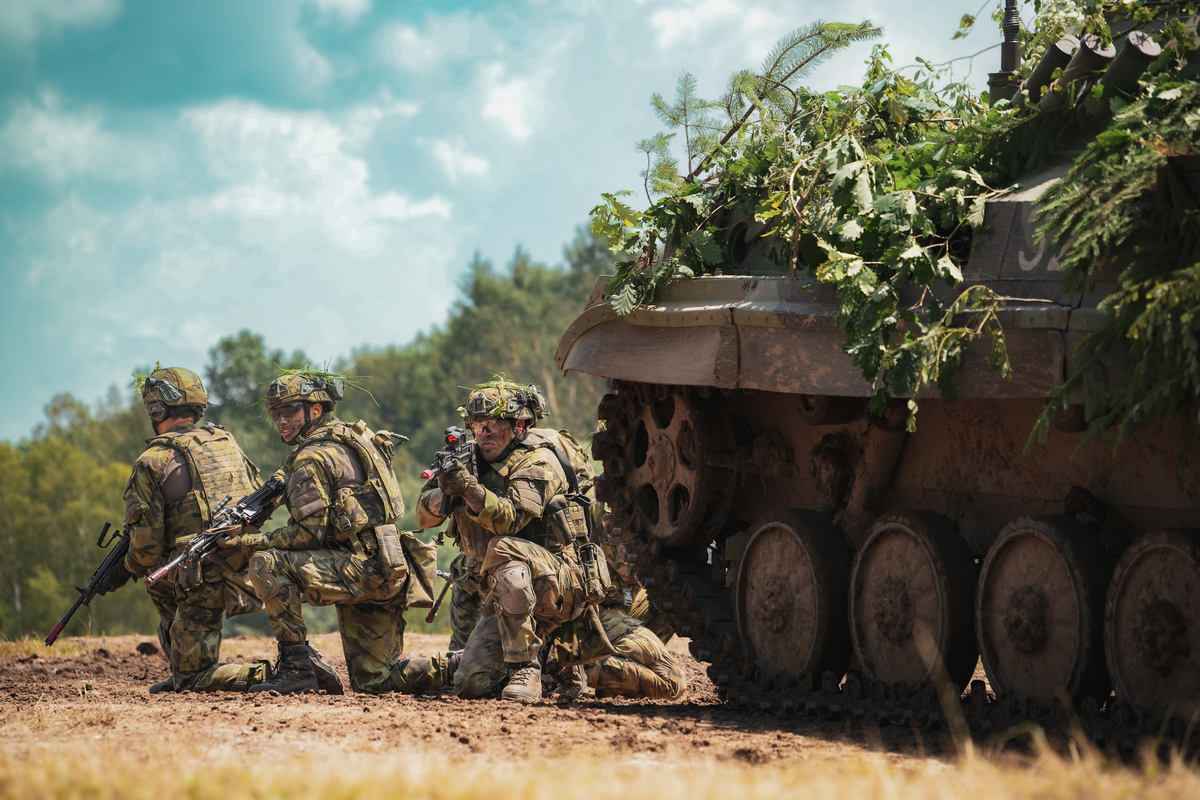
The strength of an army is not only a function of how much money the state invests in it, but also of what it actually gets for that money. The same budget can lead to very different results depending on the structure of spending, the efficiency of the system, domestic arms production, price levels in the country, or strategic priorities. When looking at simple numbers, it is easy to overlook key factors such as purchasing power parity, the ratio between the quality and number of units, or the ability of the army to actually operate in the complex conditions of modern warfare.
Economic indicators: percentages of GDP vs. nominal expenditure
One of the most common measures of military strength is the share of defense spending in gross domestic product. This indicator has become a symbol of political will, commitment to an alliance, and the willingness of a state to subordinate part of its economy to the needs of national and collective security. Within NATO in particular, the threshold of 2% of GDP (and in the future up to 5%) is seen as a clear indicator of whether a country takes defense seriously. However, this approach has obvious limitations. Two percent of GDP in the United States represents a completely different amount of resources than the same share in Portugal or Romania. This share says nothing about the real purchasing power of these expenditures or what the military actually gets for them. In extreme cases, a relatively poorer country such as Greece may report a high percentage of spending but lack the military effectiveness to match due to its limited technological base and structural problems in the armed forces.
The second frequently used measure is absolute, nominal expenditure, most often expressed in dollars. This figure has the advantage of showing the gross amount of funds that a country allocates to defense, thus allowing at least a rough comparison between countries around the world. It is this figure that shows the dominance of the US, followed by China, India, and Russia. However, this indicator is also highly misleading if not placed in a broader economic and structural context. For example, a billion dollars spent in the US has a different value than the same amount spent in India—differences in labor costs, production capacities, taxes, and bureaucratic obstacles mean that the same amount of money can buy different quantities and qualities of military equipment. An extreme case can be found in the following exaggerated comparison, which is nevertheless true in principle: what Americans produce for one dollar, Russians produce for one ruble.
This is where the key but often overlooked concept of purchasing power parity comes into play. Purchasing power parity shows how much real product can be purchased per unit of currency in different countries. In the context of military spending, this means that countries with lower labor costs (and military wages), local production, and lower operating costs can build greater military capabilities for the same amount of money. A typical example is Russia, which has a limited budget compared to Western countries but is able to maintain relatively large conventional forces due to low wages and a strong domestic industry. The same applies to China, where domestic arms production significantly increases the efficiency of spending compared to countries that have to buy from abroad at market prices.
Quantity vs. quality
For a long time, the sheer numbers of soldiers, tanks, or aircraft were seen as the most obvious indicators of military strength. This quantitative approach has its roots in the era of mass armies in the 20th century, when numerical superiority often decided battles and even entire wars. Today, however, we are facing a fundamental change in the nature of conflict. Modern warfare is technically and logistically demanding, operates in cyberspace and the information space, and places extraordinary demands on flexibility, interoperability, and precision. In this context, it is clear that the number of soldiers or weapons alone does not provide an adequate picture of the actual strength of armed forces. What matters is quality – and that consists of many aspects that cannot be captured by numbers alone.
Experience in recent years has shown that large armies with large numbers of soldiers or equipment can fail if they lack a functional command structure, quality training, and the ability to operate in complex environments. The Russian Federation's invasion of Ukraine in 2022 is an example of how an army formally comprising hundreds of thousands of soldiers, thousands of tanks, and extensive artillery failed to achieve the strategic objective of a lightning campaign. The problem was not insufficient numerical strength, but ineffective command, poor coordination between units, failing logistics, and underestimating the enemy's determination to defend itself. The Russian example shows that a large army can be vulnerable if it is not systematically prepared for modern warfare, which requires rapid decision-making, adaptability, and the coordination of many components.
On the opposite side of the spectrum are countries that have relatively small armed forces but compensate for this with a high level of professionalism, modern equipment, rapid deployment capabilities, and strategic planning. A typical example is Israel, whose army is among the best trained and most effective in the world, even though it lags behind many of its regional adversaries in terms of numbers. Long experience with asymmetric conflicts, advanced intelligence capabilities, and an emphasis on technological superiority make it an army with high deterrence potential. The difference between quantity and quality is reflected not only in the overall performance of armies, but also in their deployability. Many European countries declare certain numbers of brigades, aircraft, or vessels, but the actual number of units that are fully trained, equipped, and capable of immediate deployment is often significantly lower. This difference between "paper" and "real combat-ready" forces is crucial for assessing actual defense capabilities—and in crisis situations, it can mean the difference between being able to respond and having to rely on external assistance.
Given these differences, quantitative indicators of military strength should always be supplemented by qualitative analyses. These should take into account not only the state of training and equipment, but also command capabilities, logistical support, the degree of interoperability, and the adaptability of forces in different types of conflicts. A modern army is not strong because it has the most soldiers or tanks, but because it can effectively connect people, technology, information flows, and decision-making processes. This is often the crucial difference between an army that exists on paper and one that is truly prepared to face a real threat and effectively eliminate it.



